#neoregelia
Explore tagged Tumblr posts
Text





Neoregelia pups and mommas
7 notes
·
View notes
Text
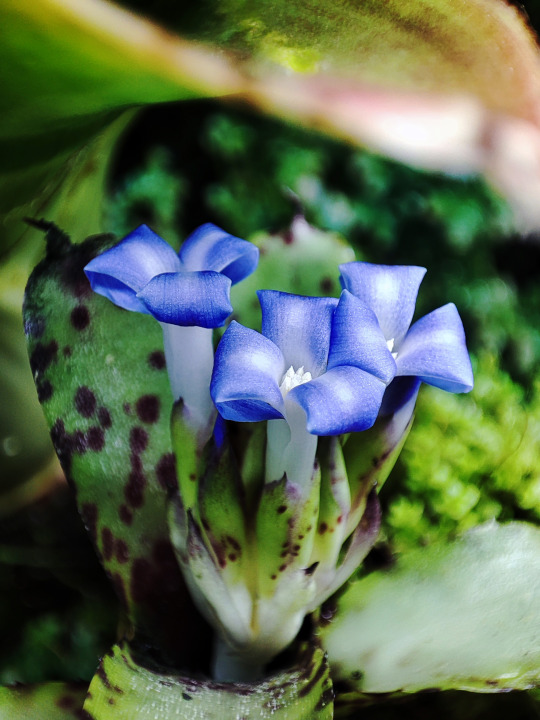
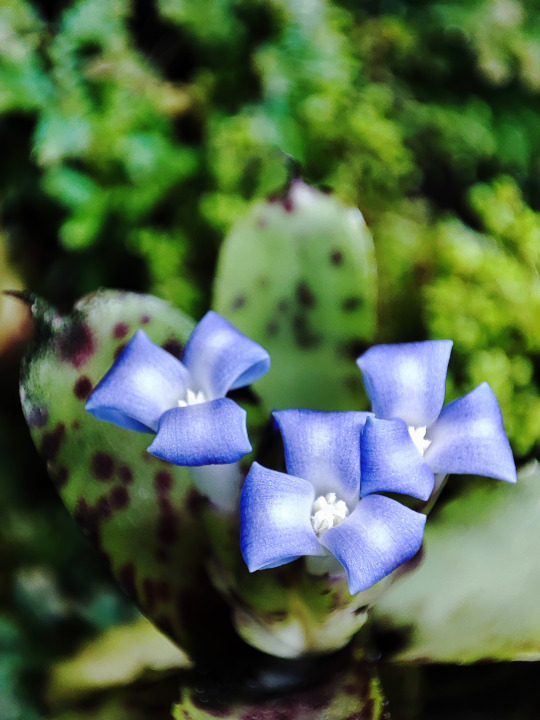
Neoregelia Lilliputiana
3 notes
·
View notes
Text
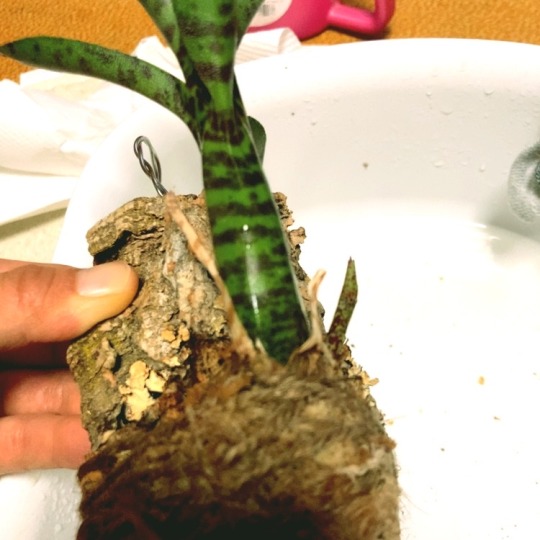

成長が止まってるように見えていたネオレゲリア・アケソ。枯葉がくっついているのかと思ったものが何と新芽だった🌱
あと家の近く、昔よく遊んだ裏道にハイゴケ(たぶん)の群生地を発見。半分剥がれ落ちかけていた部分を少し拝借、石にくっつけてみた。着生するかな?
4 notes
·
View notes
Photo

Cho Bromeliad malang garden opened the adoption of beautiful flowers around me. For order WA 085865925800 #bromeliad #bromeliads #bromeliadsofinstagram #bromeliadlover #bromeliadslover #bromeliadsociety #chobromelia #bromeliadlovers #bromeliadgarden #bromeliadmania #bromeliadkingdom #bromeliadcollection #bromeliadflower #greenhouse #bromeliamania #malang #neoregelia #royspesial #silicon #indonesia #bromeliamalang #jual #bromelia #bromel #bromeliamalang #neoregelia #billbergia #neoregelia #bromeliadpups #inkwill #bromeliadneoregeliainkwill #vriesea (di Cho bromelia) https://www.instagram.com/p/CoTMDSByaBj/?igshid=NGJjMDIxMWI=
#bromeliad#bromeliads#bromeliadsofinstagram#bromeliadlover#bromeliadslover#bromeliadsociety#chobromelia#bromeliadlovers#bromeliadgarden#bromeliadmania#bromeliadkingdom#bromeliadcollection#bromeliadflower#greenhouse#bromeliamania#malang#neoregelia#royspesial#silicon#indonesia#bromeliamalang#jual#bromelia#bromel#billbergia#bromeliadpups#inkwill#bromeliadneoregeliainkwill#vriesea
0 notes
Text

Bromeliad Neoregelia from tonight <3
#plantblr#cottageblr#plant parent#gardening#plants#dark cottagecore#bromeliad#flowers#houseplants#house plant#outdoor plant care#house plants#bromeliad neoregelia#plant posting#plant finds
7 notes
·
View notes
Video
n450_w1150 by Biodiversity Heritage Library Via Flickr: Gartenflora;. Berlin.. biodiversitylibrary.org/page/40083306
#Smithsonian Institution Libraries#bhl:page=40083306#dc:identifier=http://biodiversitylibrary.org/page/40083306#taxonomy:binomial=Neoregelia carolinae#Bromelia Carolinae#Neoregelia carolinae#blushing bromeliad#bromeliad#flickr
1 note
·
View note
Text




Decided to sketch my vampire son. Lilium Neoregelia. Screenshots from code vein
6 notes
·
View notes
Text
Neoregelia Concentrica- I believe this plant is the Neoregelia Concentrica because of its thick leaves. The Neoregelia Concentrica is an indoor plant that is difficult to care for. This plant needs regular watering and soil that drains easily. It is an epiphyte (a plant that grows on another plant but is not parasitic) and is native to Brazil. Its leaves grow very close together and at a slight angle, which creates a space for water to accumulate. This is important as it creates a great source of water for this type of plant. This water source is also where algae grows and where mosquitos populate. Frogs and lizards will eat the larvae and lay their own eggs in the water as well. Lastly, they can also grow into large colonies without ever taking root in the ground.

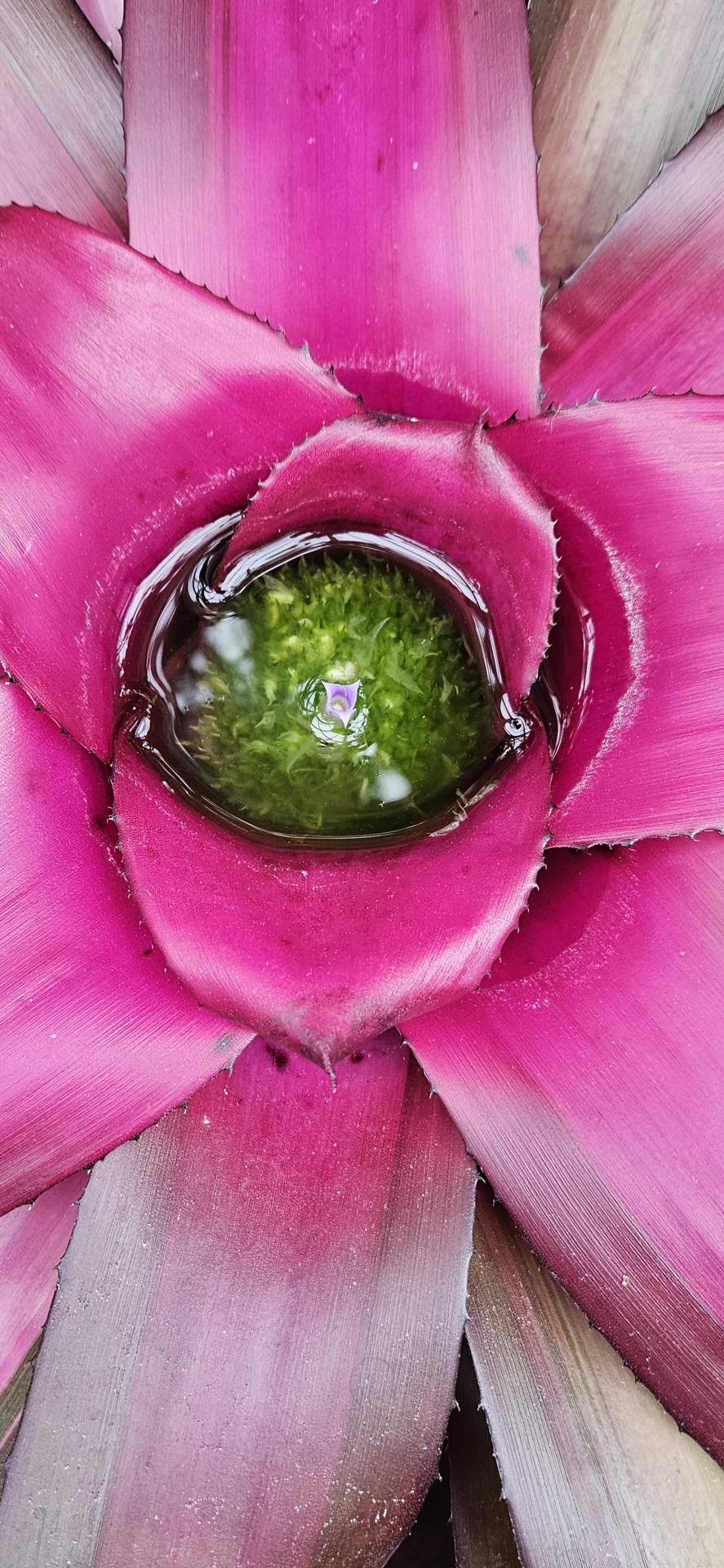
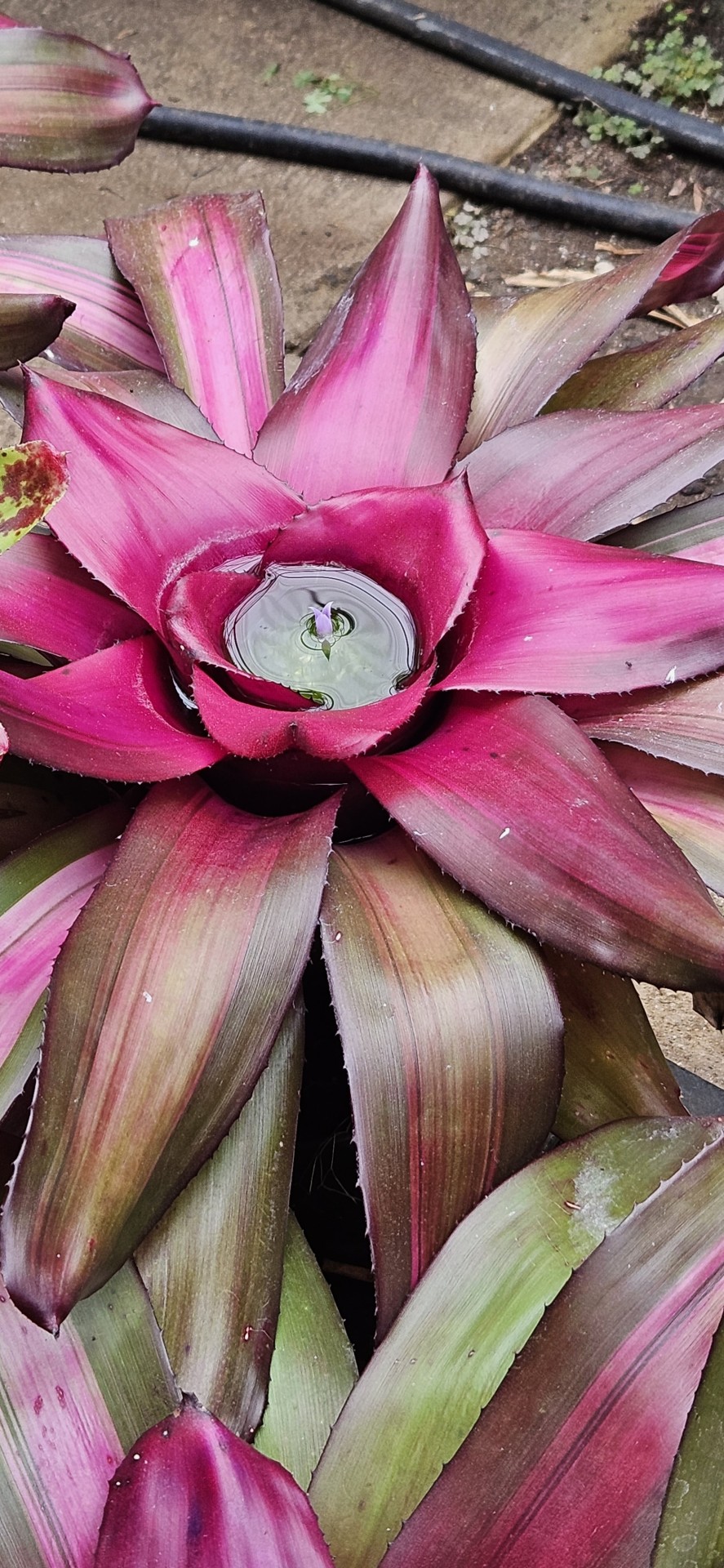
Source: https://umaine.edu/littlefieldgarden/home/plants-in-the-greenhouse/neoregelia-concentrica
#plants#plantblr#writing blog#my writing#writeblr#growing plants#greenhouse#writing practice#female writers#writers on tumblr#pink#plant aesthetic#beginner blogger#blogger#my blog#my pics#my photos#my post#outdoors#pink plants#bloggingcommunity
2 notes
·
View notes
Photo

Painted Fingernail Bromeliad (Neoregelia spectabilis)
Taken at FIT Botanical Gardens in Melbourne, FL
#painted fingernail bromeliad#bromeliad#bromeliads#flowers#plant#plants#botanical garden#botanical gardens#florida#florida photography#photography#nature photography#nikond3500#FIT botanical gardens#FIT campus#florida institute of technology
7 notes
·
View notes
Text




What do you guys think of my little guy Lilium Neoregelia?
2 notes
·
View notes
Link
Cultivating a Blushing Bromeliad (Neoregelia) Inside
0 notes
Text


7 notes
·
View notes
Text

Flower Vibe Check || @kingdom-of-mxginica
💐 {Malik flower vibe check-}


"Malik, well... I imagine he'd be some kinda' pretentious-ass flower. Y'know, maybe... Neoregelia? They're types'a flowers that grow on trees rather than in soil, clinging to branches and soaking up the nutrients that fall on 'em. The center of a flower even forms a cup t' hold water, which poison dart frogs often use for reproducing. Although, they typically only bloom once before dying. They aren't toxic, but typically it's not recommended to eat 'em."
1 note
·
View note
Text
[WIP] Intro to Bromeliads: Surprising Tropicals for the Zone 9a Garden
Bromeliads are a special family of flowering plants from the Americas that have many adaptations for low-water including CAM-photosynthesis (like cacti). Some are terrestrial like your typical plant but others are able to grow on trees and rocks, scientifically known as “epiphytic” and “lithophytic” respectively. Many bromeliads are great both for beginner gardeners and snobs (me) alike.
Bromeliad categories:
Dyckia & Succulent - Dyckia, Puya, Hechtia, Encholichreron are (somewhat) common genera in circulation these are the bromeliads tend to be more terrestrial or lithophytic, growing in low rainfall areas kind of like an agave or a standard cactus
Airplant - Tillandsia species - these are often wispy plants which gather water from special hairs on their leaves rather than roots which gives them usually a silvery appearance. Airplants are found from South America into the mid-Atlantic USA in a variety of habitats with some even growing on cacti in deserts such as the fragrant and quite large Tillandsia duratti.
Tank & Urn broms aka “classic broms” - common genera are Neoregelia, Aechmea, Billbergia, and Vriesea, these are the popular idea of a brom, plants with stiff leaves that often store water in their centers (known as the “tank”) most of these are native to tropical and subtropical forests in Central and South America.
Note on Hardiness:
For all marginal plants, especially “tank” bromeliads and mounted plants, the rule of thumb is to provide oak canopy or a similar reliable, evergreen cover. This is crucial in climates like Deep South where freezes typically are short in duration, occurring briefly during cloudless nights in winter. The oak canopy functions as a blanket for the plants and keeps the cold (which comes from above!) setting in and potentially also keeping any morning dew from freezing into frost. Bromeliads cope much better with “dry cold”. London is zone 9 just like my area, I’ve visited and seen our native Cabbage palms growing big in London, but they cannot grow half the bromeliads we can. This is because the UK has a wetter and longer-lasting cold. [If you are in UK reading this: look on inat at Tillandsia species growing in Argentina and at Aechmea recurvata].
Photo caption: A collection of bromeliads underneath a native Sand live oak (Quercus geminata)
Photo caption: Billbergia nutans mounted to a Southern live oak, this patch has endured temperatures of 23F and several nights in mid-20s after that. It gets no irrigation or fertilizer.
Siting Bromeliads:
Most bromeliads grown are from humid forests where they evolved to grow on trees. Dappled shade and part sun conditions are almost always best for them for this reason. As mentioned above, the canopy cover is also important to protect the plants from extremes in weather temperature.
If growing in the Southeast, you tend to not have to worry about increasing humidity but I also find localized areas of increased humidity benefit bromeliads and other epiphytes.
Examples of increased humidity areas in my garden:
Tree over a paved surface (water evaporating off paved surface)
Near an air conditioner (these drip out water all day)
Over my small frog pond
Look for lichens and other epiphytes as evidence of suitable areas for humidity-lovers.
Bromeliads that can be grown both terrestrially and epiphytically are perfect for areas of dry shade/high root competition such as at base of native Cabbage palm or particularly thirsty trees like my Red maple.
Caption: A bed with extreme root competition at base of native Red maple (Acer rubra) and Cabbage palm (Sabal palmetto) featuring many bromeliads.
Mounting bromeliads
I recommend using aluminum wire or a natural twine for mounting bromelaids where needed. Plastics like synthetic rope and fishing lines are dangerous to wildlife and, especially synthetic fibers, degrade into microplastics and nanoplastics which are so small they can cross the blood-brain barrier (if you wouldnt bite into a credit card, you shouldnt be using that stuff basically).
Sometimes with the bromeliad shape you can get by just putting it on and using Beard airplant wrapped around it. Some also use wood glue but it is important not to cover too much of the plant if it is an airplant as the plant needs to get water through its leaves.
Bromeliads and other epiphytes including orchids tend to favor the following characteristics:
Furrowed bark (easiest to grab onto)
Evergreen canopy (protects from temperature extremes)
“Leakiness” (tree releases more minerals than average = more fertilizer for epis!)
Live oaks satisfy all three of those characteristics which is why they are draped in beard airplants in the Deep South.
Cypress are also “leaky” and favored by airplants but they do not have furrowed bark nor are they evergreen so outside of zone 10b+ they are not as good for marginal species.
If you are unable to have a full-sized Live oak, I recommend the extremely under-utilized small native oak species Quercus myrtifolia (the record largest is 39 feet but typically they are shorter than two storeys). For reference, the common as sin Japanese Waxleaf privet is a much bigger plant than this and much quicker in growth rate yet I also see it planted right next to houses. You also could try a native holly like the Dahoon or a Weeping yaupon and keep them as small trees.
As far as exotics go, Bottlebrush has furrowed bark and I can recommend it for all day sun to part sun conditions. For no more than 8 hours of sun, Pineapple guava is great but it does have flaky bark so attachment may not occur.
Good Beginner Tank Broms:
Androlopsis skinneri 'Paradise', very nice huge brom for warmer zone 9a
Aechmea caudata, e.g. 'Santa Catarina' perhaps my favorite of the established zone 9a species
Aechmea disticantha warning that it is a vicious bastard of a plant, but probably the hardiest of the larger Aechmea species to my knowledge Aechmea recurvata "matchstick" bromeliads e.g. Aechmea apocalyptica Aechmea cornata Aechmea cylindrata Aechmea gamosepala (probably the most common) Aechmea x 'Burgundy' hybrid with disticantha parentage but much smaller and less vicious with good foliage color Billbergia nutans Other Billbergia hybrids might be hardy as well, a plant that appears to be the cultivated hybrid 'Hallelujah' bloomed through 3 days of mid-20s night temps under oak in a very sheltered location (notably firebush in same area was of course knocked to the ground). Many Neoregelia hybrids, at work the following had little to no damage during mid-20s: Neoregelia Cruenta Neoregelia Super Fireball Noid that lookes like Neoregelia Raphael Noid that looks like Neoregelia ___
Nidularium innocentii
Androlopsis x Aechmea disticantha = O'Rourke very nice intergeneric likely hardier than Androlopsis parent thanks to disticantha but this also makes it a bit more brutal to handle than Androlopsis
Airplants for zone 9a:
Showy species native to North FL Tillandsia bartramii Tillandsia x floridana Tillandsia usenoides aka "Spanish moss" (i call beard airplant)
South TX Tillandsia baileyi "Southern Cone" airplants such as: Tillandsia aeranthos Tillandsia albertiana Tillandsia stricta Tillandsia tenuifolia
Misc. species Tillandsia ionantha
0 notes


